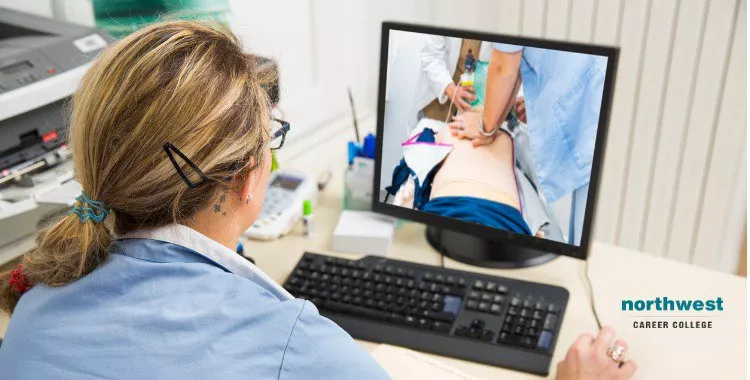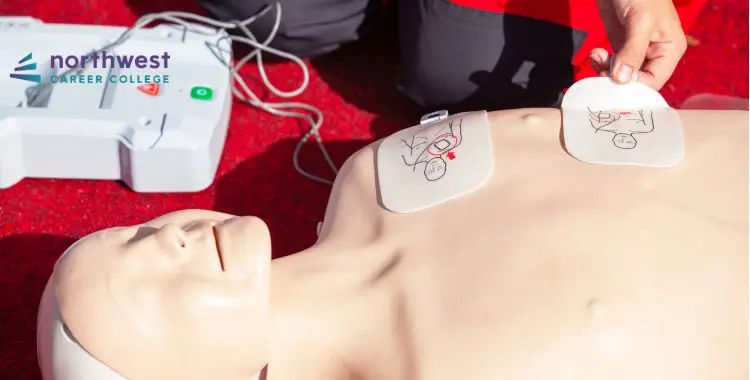What Are the Three Different Types of CPR?
- CPR
- March 11, 2024
- 4.5k views
- 3 min read

CPR, or cardiopulmonary resuscitation, requires a different approach depending on if it is being applied an adult a child or an infant. In this article, we’ll be looking at the three different types of CPR and how they should be applied.
Read More: What are the 7 steps of CPR in order?
Table of Contents
What Are the Three Different Types of CPR?
Adult CPR
Before applying CPR to an adult you should always call 911. Not only does this ensure that the emergency services are on their way as your perform CPR, but, if you are not trained in CPR, the 911 operator can guide you through hands-only CPR.
To use hands-on CPR, push hard and fast on the center of the chest, compressing the chest by at least two inches and allowing it to recoil completely between compressions, at a rate of 100-120 compressions per minute.
Child CPR
Child CPR, sometimes called pediatric resuscitation protocols, is applied to infants less than one year of age and children up to the age of puberty or those weighing less than 121 pounds.
As with an adult, you should always call 911 before starting CPR. Because a child’s airway is more fragile than an adult’s, use caution when providing rescue breaths and be careful not to tilt the head back too far.
When providing chest compressions, use one or two hands, depending on the size of the child. The depth of compressions should be only one and a half inches. The ratio of compressions to rescue breaths, 30:2, is the same for children as for adults.
Infant CPR
Infant CPR is more complex than performing CPR on an adult or a child, this is because, while a baby’s bones are more flexible, they’re also much more delicate.
To begin with you’ll need to ensure that the child is actually unconscious. Do not shake the child, instead, shout and tap or flick the soles of the infant’s feet and watch for a reaction.

Unlike with an adult or child, you’ll want to begin CPR straight away and ideally delegate calling 911 to another bystander.
As per the instructions of the American Red Cross and National CPR Association, when providing rescue breaths to an infant, gently tilt the head so that the baby’s nose appears to be sniffing the air, this is known as the “sniffing position”. Be careful not to tip the head back too far.
Be very gentle when providing rescue breathing. Don’t use the full force of your lungs to expel air. Instead, use your cheeks and puff air into the infant’s mouth and nose.
When providing compressions, use two fingers at the center of the baby’s chest. Compressions should be about an inch and a half deep at a rate of 30 compressions to two rescue breaths.
Learn To Save Lives
Here at Northwest Career College, we are committed to providing affordable, quality CPR Classes to the Las Vegas community. We pride ourselves on being an American Heart Association (AHA) testing center and we offer Las Vegas CPR classes designed to fit your personal needs and professional schedule. As part of our “student-focussed” approach to education we also off our CPR classes free of charge to all of our students. Call us today on (702) 403-1592 to book your CPR class and become qualified to save a life in just four hours!



